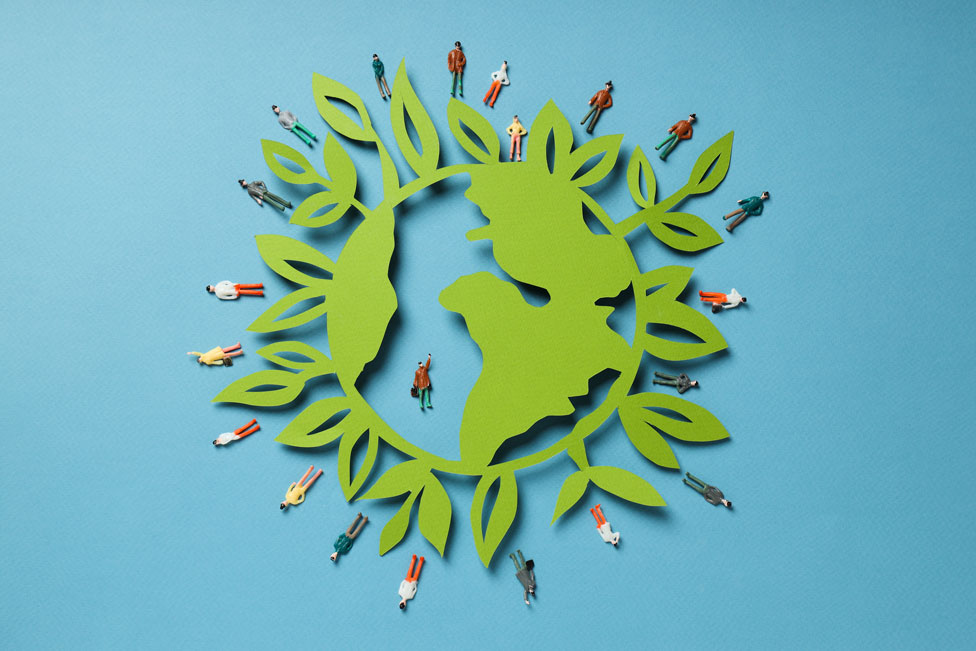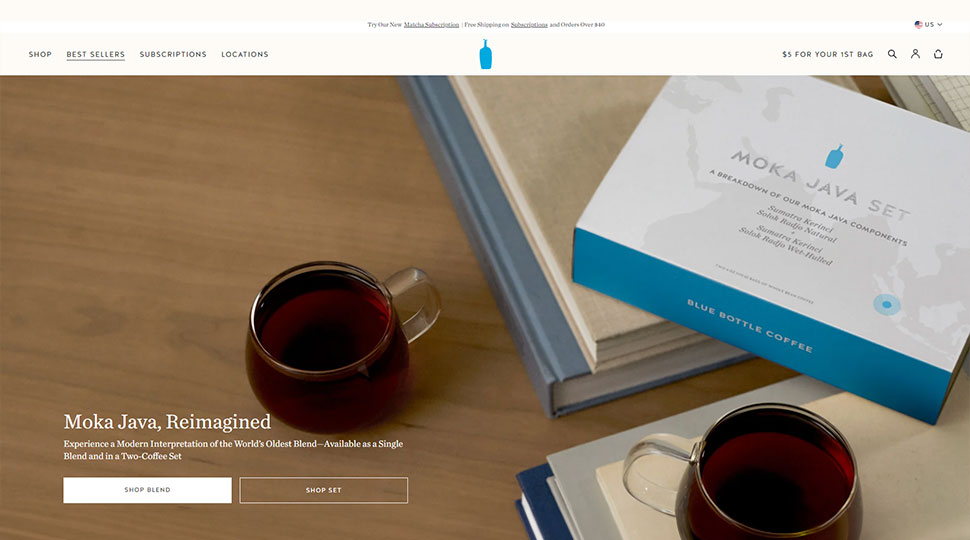Coffee is one of the most widely consumed beverages in the world, with millions of people relying on it for a morning pick-me-up or an afternoon boost. However, the industry’s coffee environmental impact has become increasingly concerning, from deforestation and water pollution to greenhouse gas emissions and waste management issues.
As consumers, we often overlook the consequences of our daily cups, but it is essential to understand how coffee production and consumption affect the environment.
coffee and its popularity in the world
Coffee is a plant-based beverage made from the seeds of the Coffea plant, which are roasted to bring out their unique flavors and aromas. With over 2.25 billion cups consumed every day worldwide, it’s no surprise that coffee has become an integral part of our daily routines.
From espresso machines in cafes to single-serve brewers at home, coffee has become a staple in many cultures.
the environmental impact caused by coffee production and consumption
The environmental impact of coffee is multifaceted, involving various stages from farming to roasting, packaging, and disposal.
Coffee production is linked to deforestation, as forests are cleared for agricultural expansion, while water pollution occurs during processing and cultivation. Additionally, the transportation of green coffee beans and roasted coffee contributes significantly to greenhouse gas emissions.
As consumers, our choices have a direct impact on these environmental issues.
Coffee Production
Coffee production is a significant contributor to deforestation, with over 10% of global tree cover loss attributed to coffee farming. This not only destroys habitats for various species but also contributes to climate change by releasing stored carbon into the atmosphere.
Moreover, the intensive irrigation systems used in many coffee farms can lead to water pollution and depletion.
To combat these issues, sustainable practices are being implemented throughout the industry. Some farmers are adopting organic and shade-grown methods, which promote biodiversity and reduce chemical usage. Others are using precision agriculture techniques to optimize water consumption.
These efforts not only benefit the environment but also improve the quality of the coffee beans.
Coffee Consumption

packaging waste created by single-use cups and pods
The convenience of single-serve coffee packets and disposable cups has contributed significantly to the environmental impact of coffee consumption. The production, transportation, and disposal of these items generate a substantial amount of waste, including plastic, paper, and aluminum. In fact, it’s estimated that over 2.5 billion coffee cups are thrown away every day worldwide.
the energy used to brew each cup
Another significant contributor to coffee consumption’s environmental impact is the energy required for brewing.
Traditional drip brewers and electric espresso machines use electricity, while stovetop methods like French pressing and pour-over require fuel or gas.
Additionally, the manufacturing process of these appliances contributes to greenhouse gas emissions.
Investigating ways to reduce individual's carbon footprint when drinking coffee
Fortunately, there are steps individuals can take to minimize their environmental impact:
- Use reusable cups and filters instead of disposable ones.
- Opt for energy-efficient brewing methods, such as French pressing or pour-over.
- Choose locally sourced, fair-trade coffee beans to reduce transportation emissions.
- Support companies that prioritize sustainable practices in their supply chain.
The Last Drop
As we’ve explored, the environmental footprint of coffee extends far beyond the cup itself. From deforestation and water pollution to packaging waste and energy consumption, the industry’s impact is multifaceted and profound.
By acknowledging these complexities, consumers and producers can join forces to drive meaningful change.
When we make informed choices about our daily cups, we can contribute to a more sustainable future for coffee – and for the planet.








